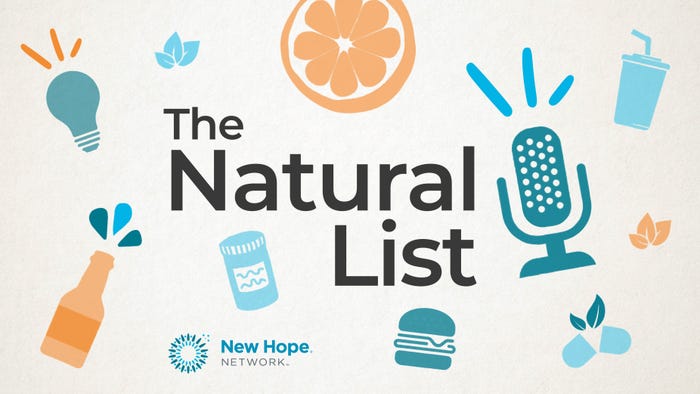Monitor: Consumers adapted their fitness regimes to the pandemic, and active lifestyle nutrition brands should adapt with them
Findings in Nutrition Business Journal’s new Active Lifestyle Report suggest companies need to look at branding and product development through a post-COVID-19 lens.

Natural Products Industry Health Monitor, March 12, 2021
A global lockdown might make weeks feel like months and months weigh like centuries, but business allows little room for ennui. As distracting as the daily inundation of the negative can be, the time to look forward is always now. In this feature, New Hope Network provides that right-now-right-here update. Look for the Industry Health Monitor every other Friday to learn the major news that is affecting the natural products market immediately and the less obvious insights that could dictate where the market may struggle or thrive in the months to come.
Consider this: Consumers have changed how they exercise—and brands may be chasing an outdated image
The “COVID 10” and a 92% spike in hours streamed on Netflix aside, American consumers were locked down but not down and out in 2020. They were on the move.
That’s some of what we see in Nutrition Business Journal’s new Active Lifestyle Report.
In NBJ’s recent consumer research, 37.7% of consumers said they increased their fitness activities since the lockdowns began, and 21.7% said the increase was moderate or considerable. That’s a notable contrast to the 22.7% who said their activity decreased.
The ways they moved matters too. Closed gyms shifted the patterns, but perhaps not as much as we might have expected. Garmin, the GPS sports tracker company, reports that users logged 5% more activities in 2020 than the year before. Walking was up 55%. Strength training was up 23%. Of course, trips to the kitchen were undoubtedly up as well, as evidenced by “the COVID 10,” but more exercise should equal more opportunity for the active lifestyle nutrition market.
What consumers are looking for in active lifestyle nutrition products as their lifestyles become more active could prove to be fodder for product development. Asked which claims they liked, half (49.9%) said “supports healthy muscle and tissue” would make them likely to buy a product, followed closely by 48.2% who said they liked “promotes improved energy and stamina.”
Another notable response was the 41.9% who said they’d respond to “promotes healthy circulation,” but the percentage of people who said they were looking to increase “muscle cell volume” was comparatively small, just 23.0% said they would respond to such a claim.
The relatively small number of people who want bigger muscles wouldn’t be obvious to anybody who looks at the aggressive images in the branding for a lot of active lifestyle products. That more people, 27.3%, want to prevent injury would seem virtually invisible across the active lifestyle nutrition sections at many retailers. But marketing in the space can be a tricky business. Active lifestyle nutrition is a market based on aspiration; whether or not their intent is to end up musclebound, many consumers buying the products still want to achieve gains and perhaps they think a product with more robust branding might stand a better chance of getting them there.
They are certainly trying to get somewhere, as we see from the increase in activity shown in this survey and in tracking data from Garmin. Many are enjoying the activity for the activity’s sake, but a good-sized share is looking to get the most they can out of the time they put in.
Meeting your consumers where they are has always been a smart marketing tactic. Right now, they are on the bike paths and running trails. Meet them there and help them make those miles count.
Natural Products Industry Health Monitor indexes
Consumer behavior indexes measure dramatic shifts in consumer behaviors as we march through COVID-19 that is compared to a 2017 “normal” benchmark before COVID-19 emerged. These indexes are assessed through monthly surveys of how consumers perceive their shopping behaviors.
The natural products industry investment index measures dramatic shifts in investment activity as we march through COVID-19 that is compared to a 2019 “normal” benchmark before COVID-19 emerged. Nutrition Capital Network monitors monthly financial activity in the natural products industry.
About the Author
You May Also Like




